Have you ever stopped to think about how much your organization is really spending on learning and development (L&D)—and whether you’re getting your money’s worth? That’s the question we explored in our recent webinar, where Richard White, Enterprise Customer Success Manager, and Byron Kenot, Strategic Partner Manager at OpenSesame, offered a wealth of insights into optimizing L&D budgets, eliminating inefficiencies, and creating impactful employee growth programs.
If streamlining costs while delivering robust learning opportunities sounds appealing, read on for the highlights—and don’t forget to catch the full webinar recording for the entire presentation, tips, and success stories!
Why Rethink L&D Spending?
Richard kicked off the session with a jaw-dropping statistic: U.S. companies spend an average of $1,200 per employee annually on training. Unfortunately, much of this investment is squandered on inefficiencies such as duplicate spending and decentralized systems. One example Richard shared involved a company unknowingly allocating $250,000 a year to various training platforms. With consolidation, they saved $70,000—a reminder that even well-meaning L&D initiatives can bleed money if not carefully managed.
Top Challenges in L&D Programs
Organizations face several recurring hurdles when it comes to delivering effective training:
- Duplicate Purchases: Teams often buy overlapping content without consulting the L&D department.
- Fragmented Learning Systems: Relying on multiple learning management systems (LMS) creates confusion and adds unnecessary costs.
- Specialist Training Needs: Many companies struggle to keep up with the demand for custom content, leaving their instructional designers stretched thin.
- Compliance Pressures: Constantly shifting regulations, especially in states like California and New York, make it difficult to keep training up-to-date.
Richard emphasized that these challenges don’t just waste money—they also dilute the impact of your training programs. This section fascinated most attendees, and we encourage you to catch the full recording here.
The Strategic Opportunity: Consolidation
So how can organizations overcome these challenges? Richard and Byron pointed to consolidation as a game-changing strategy. By centralizing training efforts and reducing the number of vendors, organizations can:
- Save Costs: Consolidation avoids duplication and reduces overhead.
- Improve Access: A unified LMS makes it easier for employees to find and complete training.
- Foster Alignment: Centralization ensures that all departments work toward shared organizational goals.
A powerful example came from a research university that saved 30% on training costs by unifying its departmental budgets—a clear testament to the potential of this approach.
Turning L&D into a Competitive Edge
Beyond saving money, effective L&D programs can set your organization apart in the talent marketplace. During the “Great Resignation,” a staggering 37% of employees cited a lack of career development as a reason for leaving their jobs. Providing meaningful growth opportunities not only retains top talent but also attracts new candidates.
Richard highlighted how some organizations now market extensive training libraries as an employee benefit, alongside traditional perks like healthcare and vacation time. Offering certifications, leadership development, and wellness training adds significant value to the employee experience.
He further outlined key steps for optimizing your L&D strategy. While the summary is listed here, we encourage you to watch the full recording to gain from his expertise.
- Audit Your Current Spending: Collaborate with procurement teams and departmental leaders to uncover duplicate or unnecessary spending.
- Invest in Centralized Tools: A versatile LMS with off-the-shelf content can alleviate pressure on internal teams while delivering consistent training.
- Secure Leadership Support: Align leadership on the importance of consolidation and provide clear data to back up your proposals.
- Promote Awareness: Make it easy for employees and managers to access and request training through clear communication channels.
Ready to transform your L&D strategy? ELB Learning can help.








